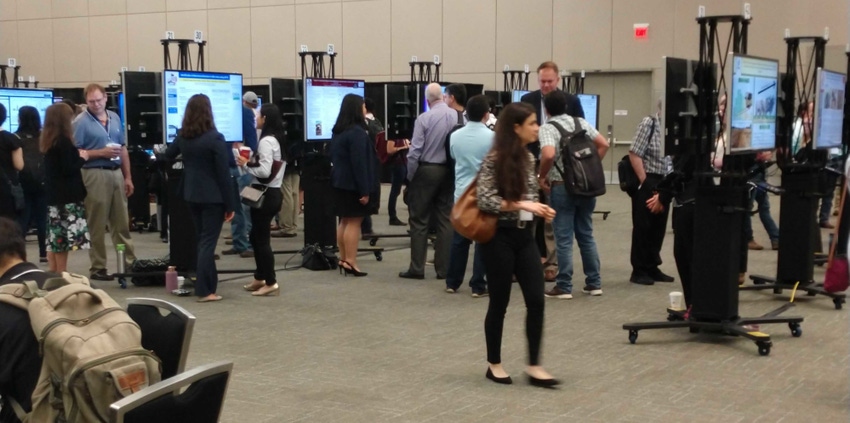ASAS looks toward future
American Society of Animal Science seeing shift into new technological and modeling programming.

Giving her assessment of the American Society of Animal Science (ASAS), incoming ASAS president Dr. Beth Kegley said the group is in good shape, with a stable membership and solid budget.
Meeting with Feedstuffs at the end of the recent ASAS-Canadian Society of Animal Science (CSAS) annual meeting in Austin, Texas, along with ASAS president-elect Dr. Glenn Duff and ASAS chief executive officer Dr. Meghan Wulster-Radcliffe, Kegley said the association's board of directors has been focused on the society's strategic plan accountability and is putting funds in budget reserves after three years of rebuilding.
They explained that each president focuses on aspects of the overall strategic plan that fits with their interests. For example, Dr. Todd Armstrong, whose term as ASAS president closed at the Austin meeting, has focused on information exchange platforms, mentoring early-career scientists and develop collaborations and partnerships with international scientific organizations, among other goals.
Those partnerships include meeting with CSAS through 2024, the American Society of Nutrition and the International Congress on Farm Animal Endocrinology in 2020, as well as the co-located 2021 meeting with the American Dairy Science Assn. in Louisville, Ky., Kegley said.
Additionally, an ASAS section in China holds a joint meeting every other year, and ASAS currently supports the Australian Society of Animal Production. Wulster-Radcliffe added that ASAS met with a similar group in Argentina a few years ago and is in discussions to plan another meeting with them.
Among its four domestic sections, the ASAS leadership said each has its own priorities: The Northeast section plans to meet again this fall with the Penn State Dairy Nutrition Conference. The Western ASAS section is rebuilding its meeting with the goal of expanding science and adding attendees. The Midwest Section, traditionally considered a swine meeting, is exploring ways to build its comparative cattle programming with sessions geared toward both dairy and beef cattle. The Southern Section has started holding its own meeting after meeting with the Southern Ag Workers.
While the national annual meeting drew about 1,500 attendees, when combining attendance from section meetings, ASAS had close to 3,750 unique individuals attend a scientific conference, Wulster-Radcliffe said.
Speaking more broadly, Duff noted that the field of animal science is seeing a shift into new technological and modeling programming as well as companion animal research.
He also noted the increasing interest in precision technologies in animal science that allow users to monitor individual animals more easily; however, those technologies also come with a cost of implementation that may limit their use.
Kegley pointed to emerging research on the microbiome, which is leading to, among other things, reducing the need for traditional antibiotics.
About the Author(s)
You May Also Like



